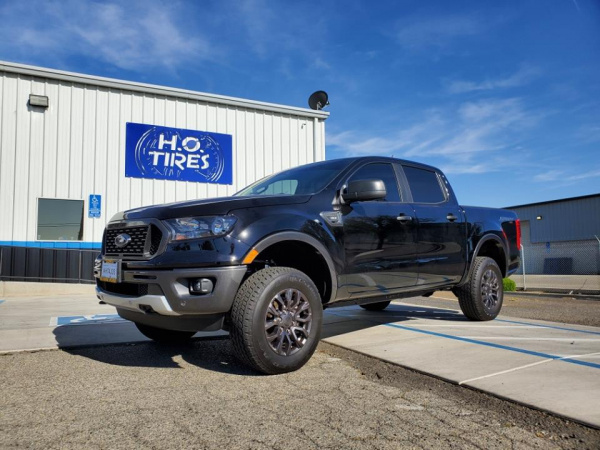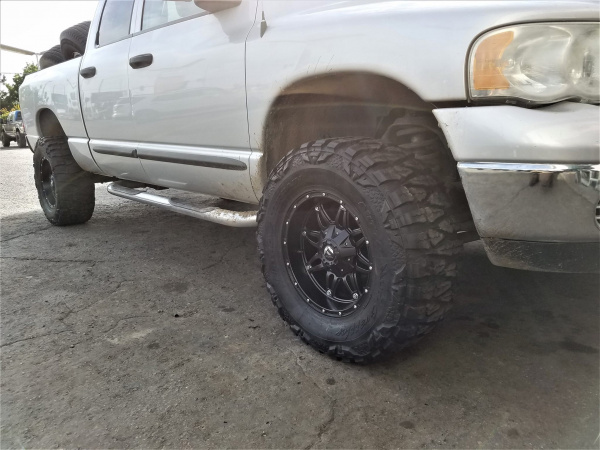The Lincoln penny tread depth test has been touted for years to be a suitable method of determining when it’s time to get new tires. It’s based on the premise you’re driving on legal tread depths anytime the top of Lincoln’s head is obscured by the tread and that a tire’s ability to grip the road isn’t greatly reduced in adverse conditions (rain, slush and snow) until the tread wears to about 1/16“ of remaining depth. It then maintains you’re ready for new tires at 1/16“ and can see the penny above Lincoln’s head. Is it as simple as that? No. Read on.
A driver’s ability to control their vehicle depends on the traction between their tires and the road. Tires don’t require tread designs or even much tread depth to deliver traction on dry roads. However, tires do require tread designs to generate traction on wet, slushy and snow-covered roads. Liquids can’t be compressed and require time and energy to move them out of the way as our tires drive through them. Those same racing slicks would lose traction at amazingly slow speeds anytime something prevented them from maintaining contact with the road.
So a tread design is necessary to direct water and slush from between the tire and the road, as well as provide edges that bite into snow. But that’s only half the equation; because we’ve seen that tread depth also contributes to how well the design does its job.
The air our tires encounter at highway speeds can easily be compressed and moved out of the way with relative ease. However the same isn’t true of liquids. When water collects on the road surface during rainstorms, the water depth, vehicle speed and vehicle weight, as well as the tires’ tread designs and tread depths collectively determine when and if the tires will be forced to hydroplane and how quickly they can stop a vehicle.
A typical passenger car tire has about twenty square inches of total footprint surface and begins with about 1/3″ of tread depth. While the majority of the footprint surface is made up of the rubber that grips the road, the remainder is the void of the grooves that make up the tread design.


